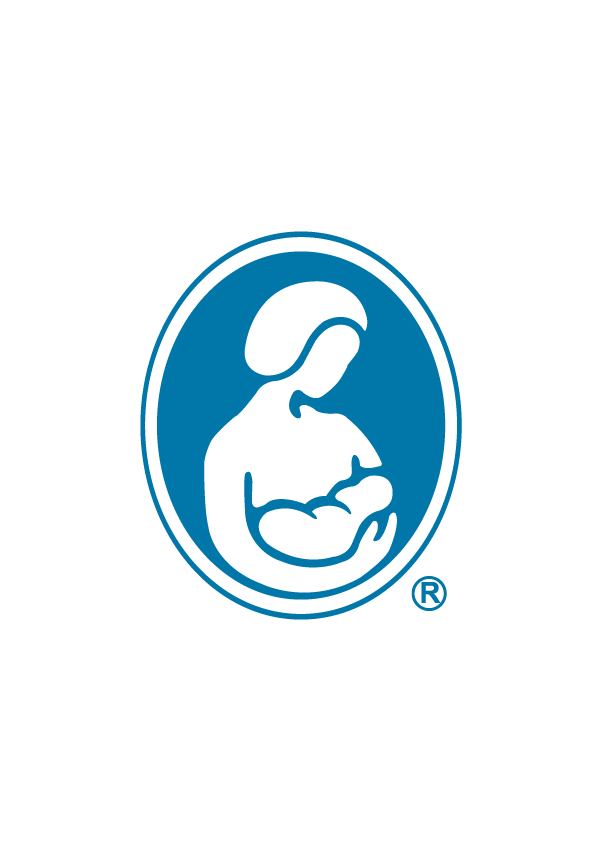点击上方国际母乳会LLL 设为星标,获取哺乳信息

【译者注】
根据中国饮食习惯和《中国居民膳食指南》,翻译时我们对存在文化差异的部分在中文版进行批注。英文版保持原样。


【译者注】根据美国FDA指南:推荐Tuna, canned light (includes skipjack鲣鱼),但不推荐汞含量高的Tuna, bigeye(大眼鲷鱼)。加拿大母乳会推荐6个月添加金枪鱼,可能是因为在当地比较常见,铁含量高。但在中国,金枪鱼要到超市或网上才能购买,妈妈们可选择更容易获得的动物血。
最近的研究表明,许多孕妇体内的铁含量很低。这意味着她们患有贫血。贫血似乎在某些人群中比其他人群更常见。如果你对自己体内的铁含量有疑问,请咨询医护人员。
如果你患有贫血,需要在孕期就补铁。同时鼓励多吃富含铁的食物(请参阅本文末尾的富含铁食物列表)。服用铁补充剂和吃富含铁的食物将确保在怀孕期间获得足够的铁。
补铁剂
维生素 C 有助于铁元素的吸收。铁和维生素 C 的复合补充剂很有效。另一方面,钙和锌会抑制大多数补铁剂中铁的吸收,所以要避免同时服用含钙/锌的孕期维生素和补铁剂,可以在一天的不同时段服用每种补充剂。铁摄入过多或过少都会对你的身体有害。孕期服用任何补充剂都要先咨询医护人员。
贫血(缺铁)对产奶量的影响
贫血会导致疲劳和奶量不足。甚至会被误认为是产后抑郁。如果你正在与疲劳或者奶量不足抗争,可以考虑让医护人员检查一下你体内的铁含量。验血就可以检测。
母乳中的铁
尽管妈妈的饮食或她体内的铁储备量各有不同,但母乳中的铁含量非常稳定。你的母乳中有完美的铁含量,纯母乳喂养也可以补足宝宝自己的铁储备量。这也足以让孩子在添加辅食的过程中度过难关。这种铁生物利用度很高,也就是说它很容易被宝宝的身体吸收。宝宝可以吸收高达50% 的母乳中的铁,相反,铁强化谷物中的铁吸收率只有4-10%。母乳中的乳糖和维生素 C 也会增加铁元素的吸收。
母乳中含有少量的铁,但母乳宝宝一般不会发生贫血或缺铁,原因在于肠道微生物。研究表明,配方奶喂养的宝宝的肠道中有更多“窃取”铁的细菌,这样可被身体吸收的铁的量就减少了。另一方面,母乳宝宝的肠道中“窃取”铁的细菌较少,产生维生素 C 的细菌较多,而维生素 C可以增加铁元素的吸收。
你的宝宝需要补铁剂吗?
纯母乳喂养的足月宝宝在出生后前六个月一般是不需要补铁的。然而,早产儿或者纯母乳喂养不足六个月的宝宝,可能铁含量较低。如果你担心宝宝的铁含量,请咨询医护人员。他们可以很容易地通过血常规进行检测。
有些服了补铁剂的宝宝会出现消化道反应,如呕吐和腹泻。这些补剂会破坏肠道菌群的平衡。母乳中含有两种蛋白质,它们与宝宝肠道中的铁结合,可以防止亲铁的有害菌繁殖。当给母乳宝宝喂补铁剂时,这些蛋白质会被宝宝肠道中多余的铁所淹没,从而让亲铁的有害菌得以生存。
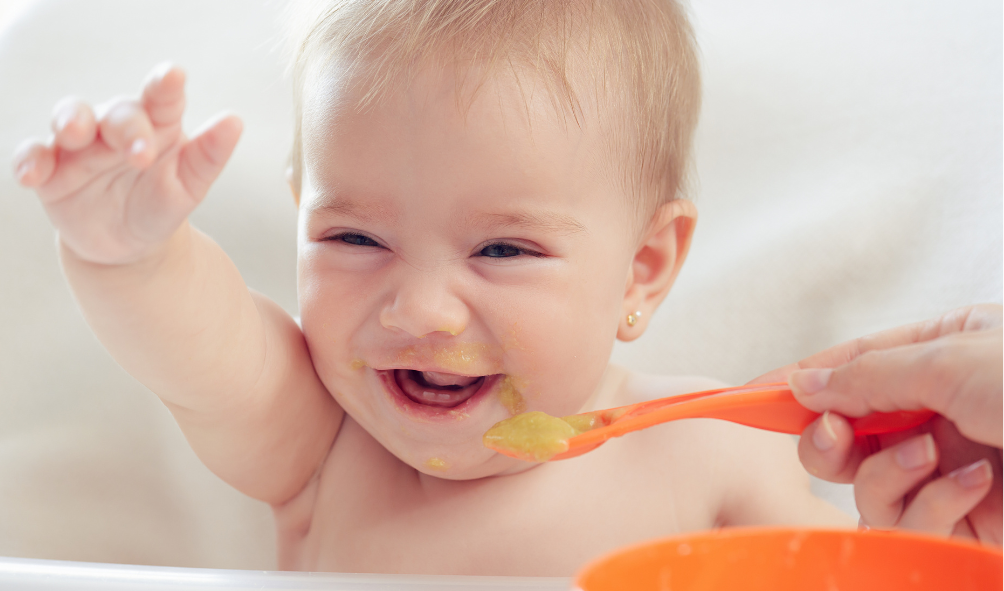
添加富含铁的食物
世界卫生组织、国家卫健委和国际母乳会都建议宝宝纯母乳喂养一直到半岁。半岁左右,宝宝从子宫和尚未剪断的脐带里获得的铁将几乎耗尽。铁储备量较大的宝宝可以支撑到更晚一点儿才需要从食物中额外补铁。
一旦开始吃辅食,宝宝就应该吃一些富含铁的食物。对大多数宝宝来说,这就能提供足够量的铁元素。大多数母乳宝宝不需要服用补铁剂。
宝宝刚开始花大量时间去探索和玩食物是很正常的。可能要几个星期、甚至几个月之后宝宝才会吃大量的辅食。然而,有些宝宝从第一天开始就吃得很多。所以建议在六个月才开始吃辅食就可以理解了。随着月龄的增长,绝大多数宝宝就逐渐定时吃辅食了。与此同时,母乳中的铁,作为容易被宝宝身体吸收的铁元素的来源,会继续供应给他。
因为母乳中的蛋白质含量相对较低,所以富含蛋白质、铁和锌的食物,比如红肉,就是适合母乳宝宝刚开始添加的食物。
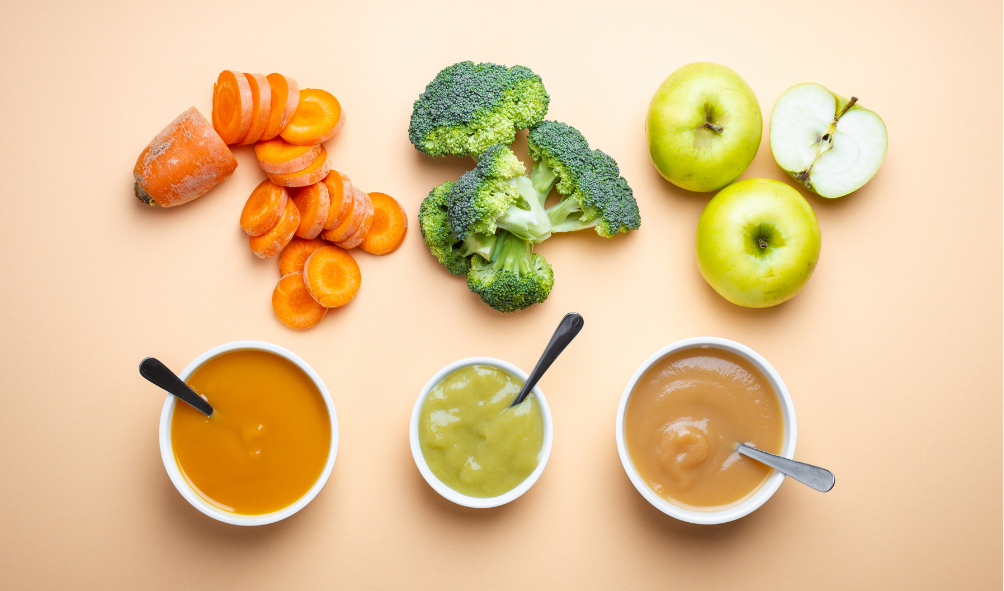
为了让宝宝们感受不同的味道和口感,国际母乳会建议宝宝从成熟的香蕉、牛油果、山药或红薯开始添加辅食。这也让他们练习品尝和吞咽的整个过程。接下来推荐要添加的食物是肉类,因为它富含蛋白质和铁(肉类中铁的存在形式【译者注:血红素铁】生物利用度特别高)。素食家庭会需要添加富含铁和蛋白质的非肉类食物(请见下表)。然后是添加全麦面包和谷物。(请注意:由于配方奶粉中的蛋白质含量要比母乳高得多,因此低蛋白食物,如铁强化谷物作为配方奶宝宝刚开始添加的辅食会更好。这就避免了配方奶宝宝摄入过多蛋白质而加重他们的肾脏负担。)【译者注:母乳蛋白质含量适宜而且富含优质乳清蛋白,具有最佳的氨基酸模式,而配方奶为了弥补蛋白质的营养价值,不得不提高蛋白质的含量,但婴儿期蛋白质摄入过高,会增加儿童肥胖和超重的风险。】


以下富含铁的食物可在六个月左右添加:
【译者注:通常动物性食物铁吸收率较高】
◆动物血(鸭血、猪血、鸡血等)
◆肉类及禽类
◆动物肝脏(猪肝、鸭肝等)
◆深绿色和鲜橙色的水果和蔬菜,如:菠菜、花椰菜、豌豆、羽衣甘蓝、红薯、山药、南瓜、荠菜
◆香杏片口蘑、木耳、紫菜、榛蘑、白蘑
◆桑椹
◆扁豆,干豌豆,大豆,鹰嘴豆泥
◆蛋黄
◆金枪鱼
◆豆腐、腐竹、藕粉
◆全麦面包和全谷物强化面食
◆糙米、燕麦和大麦等全麦谷物
◆种子: 南瓜子,芝麻,葵花子,芝麻酱,坚果(包括花生)
◆西梅和番茄
【译者注:从营养学角度,水果优于果汁,因此,我们把原文的果汁和糖浆去掉,同时增加了《中国居民膳食指南》中提到的常见高铁食物。】

Iron and Breastfeeding
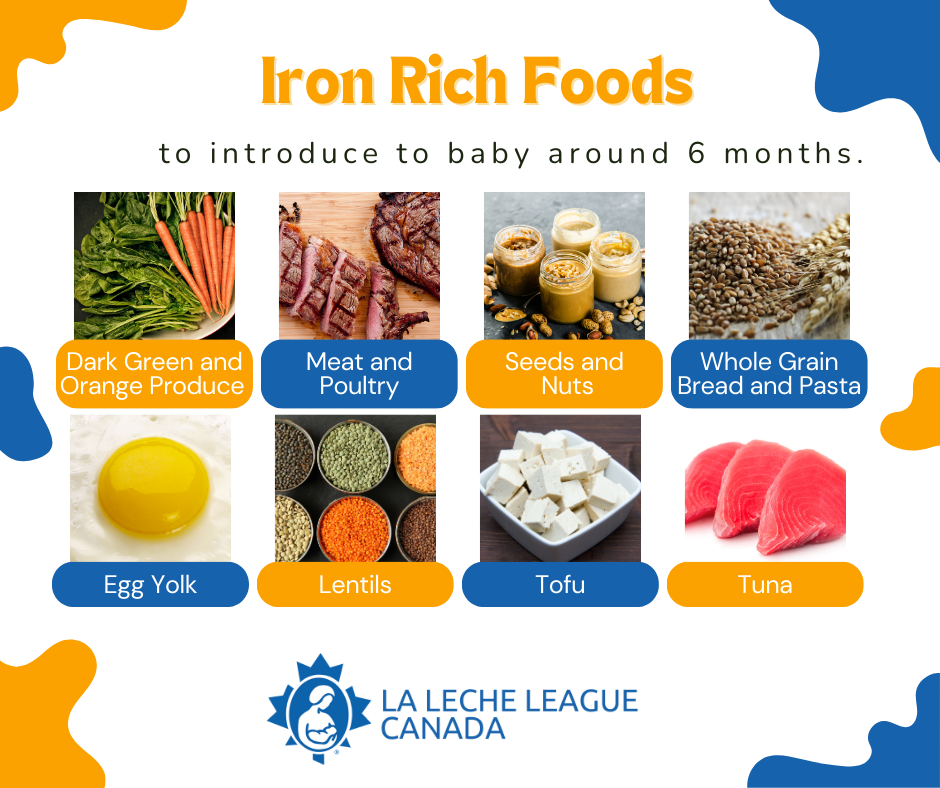
The importance of iron
Iron is necessary for proper brain development. A low level of iron is called iron- deficiency or anemia. It can have a permanent negative effect on a child’s brain development. It can also affect the child’s cognitive or mental abilities.
Iron during pregnancy
Your baby will absorb iron from your body while she grows in your uterus. If you have good iron stores in your body, then your baby will be born with plenty of iron for the first six months or longer. It is helpful if the umbilical cord is left to finish pulsing before it is cut. This allows more blood to flow to your baby. More blood means more iron.
Recent research has shown that many pregnant women in Canada have low iron levels. This means they are anemic. Anemia appears to be more common in some populations than others. Consult your healthcare provider if you have questions about your iron levels.
If you are anemic, you will require an iron supplement during pregnancy. You will also be encouraged to eat iron-rich foods. (See the list of iron-rich foods at the end of this sheet.) Taking an iron supplement and eating iron-rich foods will ensure adequate amounts of iron during pregnancy.
Iron supplements
Vitamin C helps in the absorption of iron. It is helpful to take a supplement that contains both iron and vitamin C. On the other hand, calcium and zinc inhibit the absorption of the type of iron in most iron supplements. Avoid taking a prenatal vitamin with calcium/zinc and the iron supplement at the same time. Instead, take each supplement at a different time of day. Both too much iron and too little iron can be harmful to your body. Consult your healthcare provider before taking any supplements during pregnancy.
The impact of anemia (low iron) on milk production
Anemia can cause fatigue and low milk supply. It can even be mistaken for postpartum depression. If you struggle with fatigue or low milk supply, consider asking your healthcare provider to check the iron levels in your body. This is done with a blood test.
Iron in human milk
The levels of iron in human milk are remarkably constant despite variations in maternal diet or the mother’s iron body stores. Your milk contains the perfect amount of iron to complement your baby’s own iron stores while exclusively breastfeeding. There is also enough to tide your child over during the introduction to solid foods. This iron is in a highly bioavailable form. That means that it’s easy for your baby’s body to absorb. Babies can absorb up to 50% of the iron in human milk, as opposed to only 4-10% of the iron in iron-fortified cereal. The lactose and vitamin C in human milk increase iron absorption.
Human milk contains small amounts of iron, but breastfed babies generally are not anemic or iron deficient. The reason is found in the gut microbes. Studies have shown that formula fed babies have higher numbers of iron-stealing bacteria in their guts. This reduces the amount of iron which can be absorbed by these babies. Breastfed babies, on the other hand, have less iron-stealing bacteria and more vitamin C producing bacteria in their guts. Vitamin C increases the absorption of iron.
What about iron supplements for your baby?
Full-term babies who are exclusively breastfed for the first six months generally don’t need iron supplements. However, babies born premature, or exclusively breastfed for less than six months, may have low iron levels. If you are concerned about your baby’s iron levels, speak to your healthcare provider. They can easily be checked with a blood test.
Some babies given iron supplements experience digestive upsets, such as vomiting and diarrhea. These supplements can change the balance of the gut flora. Your milk contains two proteins that bind with iron in your baby’s gut. This prevents harmful iron-loving bacteria from multiplying. When iron supplements are given to a breastfed baby, these proteins are overwhelmed by the extra iron in the baby’s gut. This allows harmful iron-loving bacteria to thrive.
Introducing iron-rich foods
The World Health Organization, Health Canada and Canadian Pediatric Society all recommend that babies be fed human milk only until about the middle of the first year. By about the middle of the first year, the iron your baby got in utero and before the umbilical cord was cut will be almost gone. Babies with larger iron stores can go longer before needing additional iron from their food. Those with smaller stores, such as premature babies or those whose mothers were anemic during pregnancy, may need iron from food sooner.
Once solids are started, babies should eat some foods rich in iron. For most babies these will provide sufficient amounts of iron. Most breastfed babies do not need iron supplements.
It is normal for babies to spend a lot of time exploring and playing with food at first. It can be several weeks, or even several months, before a baby is eating a significant amount of solids. However, some babies eat quite a bit starting on day one. This is understood in the recommendation to begin solids at six months. As the months progress, most babies will work up to taking solids on a regular basis. In the meantime, the iron in your milk will continue to provide your baby with a source of iron that is easily absorbed by your baby’s body.
Foods to introduce
Because human milk is relatively low in protein, foods that are high in protein, iron and zinc, such as red meats, are an appropriate early food for breastfed babies.
La Leche League suggests babies start with ripe banana, avocado, yam or sweet potato to introduce them to different tastes and textures. This also gives them practice with the process of tasting and swallowing. Meat is the next recommended food because of its high content of protein and iron. (The form of iron in meat is especially bioavailable.) Vegetarian families would want to offer non-meat iron-rich protein foods. (See list below.) After that come whole grain breads and cereals.
(Note that because formula is much higher in protein than human milk, low protein foods such as iron fortified cereals may be better first foods for formula-fed babies. This prevents formula-fed babies from getting too much protein which can put stress on a formula-fed baby’s kidneys.)
The following iron-rich foods can be introduced around six months:
-
Dark green and bright orange fruits and vegetables, such as: spinach, broccoli, green peas, kale, sweet potatoes, yams, winter squash -
Meat and poultry -
Egg yolks -
Tuna -
Whole grain breads and whole grain and enriched pasta -
Whole grain cereals such as brown rice, oats and barley -
Tofu -
Lentils, dried peas, soy beans, hummus -
Seeds: pumpkin, sesame, sunflower, tahini Nuts, including peanuts -
Molasses, prune juice and tomato juice

参考文献 References
Alberta Health Services, Nutrition Services. (2021). Iron Foods for Pregnancy.
Kelsey M Cochrane, Jennifer A Hutcheon, Crystal D Karakochuk. (October 2022). Iron-Deficiency Prevalence and Supplementation Practices Among Pregnant Women: A Secondary Data Analysis From a Clinical Trial in Vancouver, Canada. The Journal of Nutrition, 152(10), 2238–2244. https://doi.org/10.1093/jn/nxac135
Mohrbacher, Nancy. (2020). Breastfeeding Answers: A Guide for Helping Families, Second Edition. Nancy Mohrbacher Solutions, Inc; pg 143-144.
Health Canada. Nutrition for healthy term infants: Recommendations from birth to six months. (July 2022).
Tahir, E., Ayotte, P., Little, M., Bélanger, R. E., Lucas, M., Mergler, D., Laouan Sidi, E. A., Community of Winneway – Long Point First Nation, Community of Lac Simon, CSSS Tshukuminu Kanani of Nutashkuan, Community of Unamen Shipu, McHugh, N. G., & Lemire, M. (2020). Anemia, iron status, and associated protective and risk factors among children and adolescents aged 3 to 19 years old from four First Nations communities in Quebec. Canadian Journal of Public Health, 111(5), 682–693.
中国营养学会. (2022). 中国居民膳食指南.
WHO. (2023). WHO Guideline for complementary feeding of infants and young children 6-23 months of age. https://www.who.int/publications/i/item/9789240081864
FDA. (October 2021). Advice about eating Fish. https://www.fda.gov/media/102331/download?attachment
Updated 2024
2024年更新
资料来源:
https://www.lllc.ca/iron-and-breastfeeding


END
作者:加拿大母乳会
翻译:传艳
审稿:Lynn、Marien、Victoria
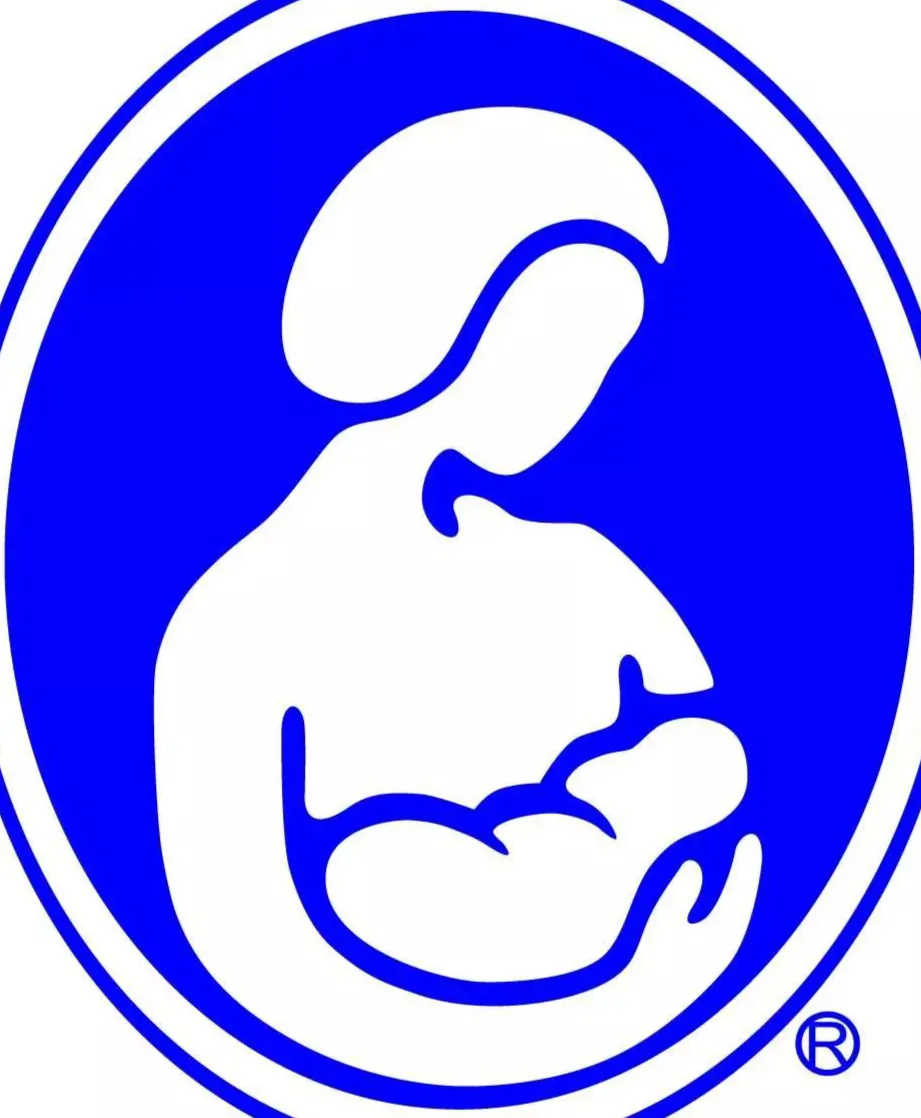
找到我们
微信公众号|视频号|小红书|抖音|新浪微博|今日头条|哔哩哔哩|优酷
搜索关键字“国际母乳会LLL”


更多阅读资料,
欢迎大家访问“国际母乳会LLL”官网:
https://www.muruhui.org/
分享
收藏
点赞
在看

正如我们的志愿者在内部会议中提到,投身公益事业后才知道做公益也是有成本的!你的支持和赞赏可以让更多的妈妈获益!
本篇文章来源于微信公众号: 国际母乳会LLL
